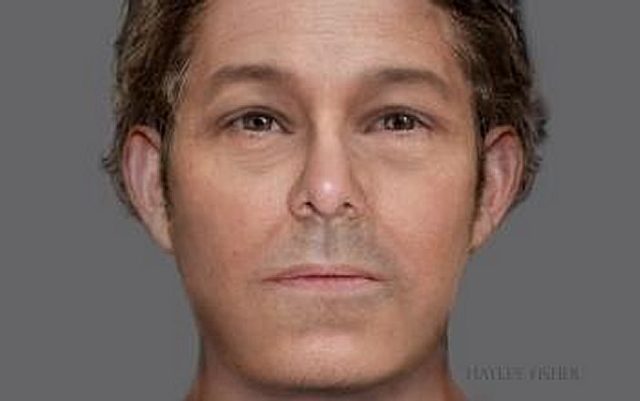Just recently, a skeleton was discovered on a school playground in Edinburgh. Archaeologists believe this skeleton could be that of a 600-year-old pirate.
When the skeleton was found, City of Edinburgh Council workers were doing a survey for a planned expansion of the school. This school is actually one of the city’s oldest primary schools; called Victoria Primary School, it’s located close to Newhaven’s Harbour. The workers who found the skeleton half expected to find the remnants of the original marina while doing the survey, however they ended up coming across something a little more gruesome.
After the skeleton was reported, archaeologists took the bones away to study them. At first, the archaeologists thought that the bones were from the Bronze Age; since they were in such terrible condition it was thought that they must have been thousands of years old. There were also 4,000-year-old pottery shards next to the bones, which was taken as a clue to the age of the bones.

However, thanks to carbon dating, scientists were able to get a better estimate of the age of the bones, and found that they were from the 15th to 16th centuries. They also found out that the skeleton belonged to a man who was most likely in his 50s. The archaeologists also went as far to guess that the man was also a criminal.
How did they guess he was a criminal? Almost 600 years ago, the Newhaven dockyard had a gibbet which was most commonly used to execute witches and pirates. If this is true then the man was most likely killed for some kind of criminal issue or piracy, and was later dumped in a nearby wasteland with all of the other executed criminals.

Which leads the question: If the man was in a supposed wasteland, wouldn’t there have been other skeletons in the same vicinity? However, the experts have an answer to that. Considering the man’s bones were in such a bad condition and his burial site was not in an unmarked grave, but close to the sea, they suggest that the man’s body was displayed after he was executed.
If someone was caught as a pirate, they were generally left hung on the gibbet in plain sight of other pᴀssing ships to deter other pirates and warn them that they could have the same fate.
Since his bones were so easy to find by the surveyors, it suggests that he was simply buried in a shallow, unmarked grave. This would indicate that he had no relatives or friends in the area to give him a proper burial. After the carbon dating was done, one forensic artist, Hayley Fisher, made a facial reconstruction of the man’s skull.
A culture Convener for the City of Edinburgh Council, Councilor Richard Lewis, said that this isn’t the first time archaeologists have dug up some strange things. Edinburgh does have an intriguing past and some strange discoveries have been made.

He also credited carbon dating for giving a more accurate date for when the man died. Archaeologists could tell that he was a murder victim, most likely a pirate. Lewis added that with the Council’s archaeology and museum service they are able to have a better understanding about Newhaven’s heritage. These new discoveries allow scientists to take new steps in learning more about these finds.
The Head Teacher at Victoria Primary School, Laura Thompason, said that her students were very excited when the discovery was made. She added that since they are the oldest school in the area, the community members are proud of their history and heritage. The school even dedicated a museum to the local area for discoveries such as this one.
Because the skeleton was found on the playground, archaeologists who worked on the analysis will hold a small lesson for the children at the school, during which they’ll discuss how they used carbon dating to help with the analyzing of the remains.





